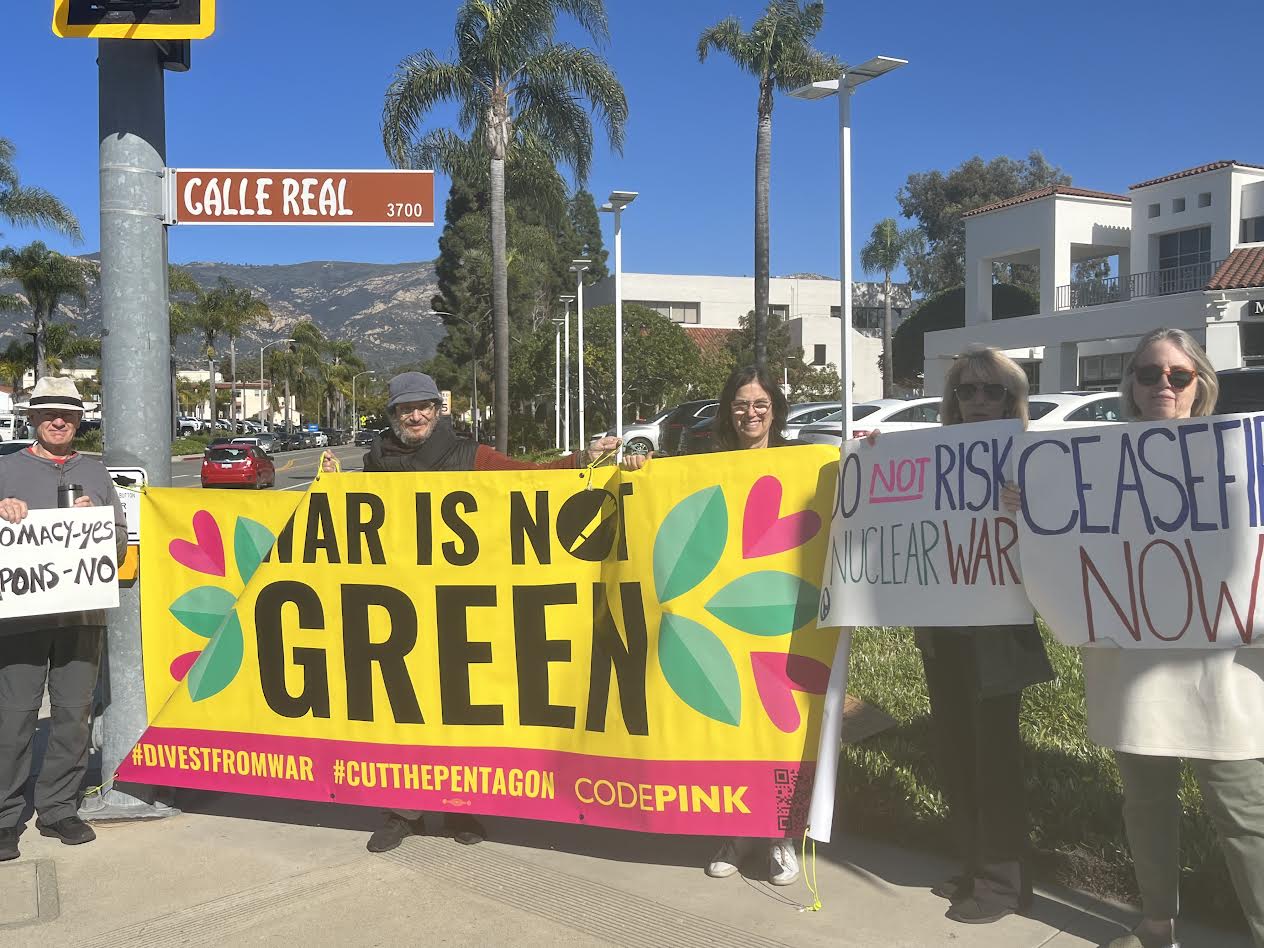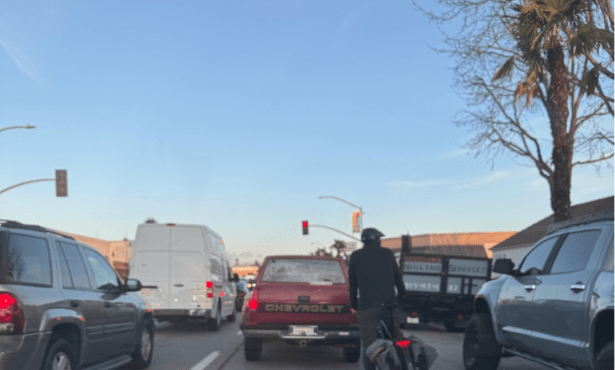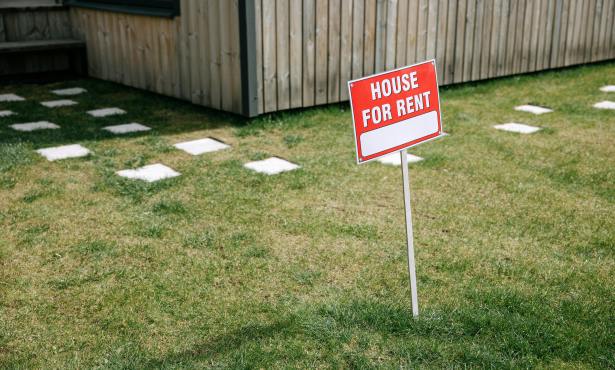Weighing Wind and Solar Energy Against Missiles and Space Tourism
Resilience Roadmap or Collision Course?

With the World Bank estimating 216 million climate refugees by 2050, one would think fossil fuel burning industries, such as the military and space travel, would not top the list of priorities for regional economic development on the Central Coast.
Keep reading.
In anticipation of the closure of the Diablo Canyon nuclear power plant by 2030, the counties of Santa Barbara and San Luis Obispo are hoping to receive millions of dollars in federal grants earmarked for regions facing nuclear plant closures and revenue loss.
In order to receive those grants, however, the counties may need a Comprehensive Economic Development Strategy (or CEDS) plan.
Enter TIP Strategies, the Austin-based think tank that produced the Central Coast region’s Resilience Roadmap, an annual breakdown of the first five years of Reach2030, a 10-year plan to transform the quality of life on the Central Coast.

This roadmap for future economic development was co-sponsored by Santa Barbara and San Luis Obispo counties, along with Bank of America, in a public-private partnership involving a “30-person cross-sector Strategy Committee and input from more than 400 stakeholders.”
The Resilience Roadmap for the Central Coast prioritizes two industries at cross purposes for expansion: clean tech — offshore wind, solar, geothermal — and aerospace — missiles and space tourism.
First, clean tech.
Makes sense.
The San Luis Obispo Tribune reports three companies are expected to build massive floating wind energy developments 20 miles off the shores of San Luis Obispo County.
In Santa Barbara, the sun is shining on SunHydrogen, Inc., developer of renewable hydrogen using sunlight and water, and Next Energy Technologies, provider of photovoltaic (PV) coating that transforms commercial windows into energy-producers.
In 2019, Santa Barbara County developed a strategic energy plan that identified potential renewables for development: solar, biomass, wind, hydro, and geothermal, and included specific policy recommendations.
For the Resilience Roadmap to identify clean tech and aerospace as priorities, however, sets us on a collision course.
The Pentagon is the largest institutional consumer of fossil fuels and emitter of greenhouse gases. Brown University’s Cost of War Project reports the Pentagon’s greenhouse gas emissions (GHGs) exceed those of Denmark, Sweden, and Portugal. Since the “war on terror,” the military has emitted 1.2 billion metric tons of GHGs.
The Resilience Roadmap naturally looks to aerospace as an economic driver because Santa Barbara County is home to the sprawling 99,000-acre Vandenberg Space Force Base.
This is where the Department of Defense conducts space and missile testing, placing satellites into orbit using throw-away boosters, and where the Pentagon conducts four practice test launches of the Minuteman III Intercontinental Ballistic Missile, a nuclear weapon that dwarfs the atomic bomb.
So what, say aerospace defenders. The country needs a strong defense system. Why not profit off it? Because our near trillion dollar military budget funds 750 bases overseas for an empire responsible for the deaths of 4.5 million people in the “war on terror,” according to Brown University’s Cost of War Project. Plus, war and war preparation is not green; its contamination of land, air, and water undermines the Reach2030 nod to environmental sustainability.
Vandenberg Space Force Base is also slated for space tourism, where billionaires can rocket to the International Space Station for a mere $150 million. Scientists say the rockets’ black soot is “five-hundred times more efficient at warming the atmosphere than all other sources of soot combined.”
Cheerleaders for space tourism argue space cruises for the moneyed class has the potential to discover new frontiers for living once we lay waste to Planet Earth. Anything is possible, but this is a cynical approach to the climate crisis.
A real roadmap to resilience would offer us a Green New Deal to transition Central Coast workers in the war industry to a peace economy that embraces not only innovation in renewables but also health care, education, theater, arts, housing, and media.
Public comment on the “Reach2030-Roadmap to Resilience” opened on September 12 and remains open for 30 days.
To submit a comment on the Resilience Roadmap, email cedscomment@reachcentralcoast.org
To learn more about the Resilience Roadmap and Reach2030, visit reachcentralcoast.org
Marcy Winograd is the coordinator of the Central Coast Anti-War Coalition, co-chair of the Peace in Ukraine Coalition and co-producer of CODEPINK Radio.




You must be logged in to post a comment.